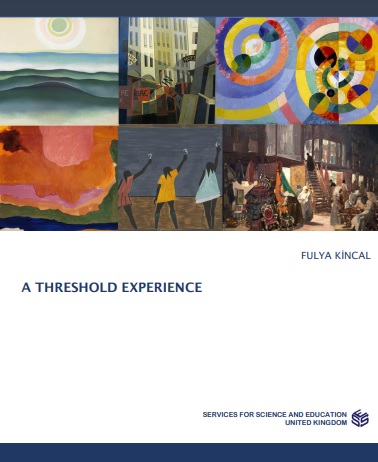A Threshold Experience
Although the most noteworthy development in the area of Victorian studies over the past two decades has been rethinking on its relation to modernity, scholars have not sufficiently acknowledged the correspondences between women’s poetry of the late Victorian epoch and Modernism. However, the late Victorian women’s poetry seems to participate noticeably in the Modernist experimental writing of the period as the 1880s was a time of new ideal for women because they fight for “suffrage, marriage rights, economic equality, and bodily rights” (Hetherington 12). Owing to these ideals, the late Victorian women poets take the pen to develop a much more critical attitude towards the identity that focuses on sexual attributes and gender. They represent gender boundaries and identities in new artistic ways relevant to Modernism. Nevertheless, the contribution of the late Victorian women’s poetry into Modernism has been neglected since as Lisa Rado writes in her book Rereading Modernism, male advocates of Modernism rejected the inclusion of many late Victorian women writers into the canon of Modernism. For Rado, a group of early male writers including Ezra Pound, T.S. Eliot, James Joyce, and Wyndham Lewis created a “Modernist manifesto set against the Romantic and the feminine of writing, and their repudiation of the feminine influenced the way publishers and agents received women-authored text” (18). In that respect, it seems that early male Modernist writers see themselves as the creator of literary Modernism but associate women poets of the period with the Romantic tradition of personal and confessional writing. Thus, they exclude female writing of the late nineteenth century from canon. Moreover, their flagrant disregard for the experimental writing by the late nineteenth century women influences the way the critics and publishers respond to the late Victorian women’s writing. As such, many women writers of the period remain overlooked until literary theorists start to revise the history of literary Modernism and rediscover the forgotten women Modernist writers from 1980s onwards.

